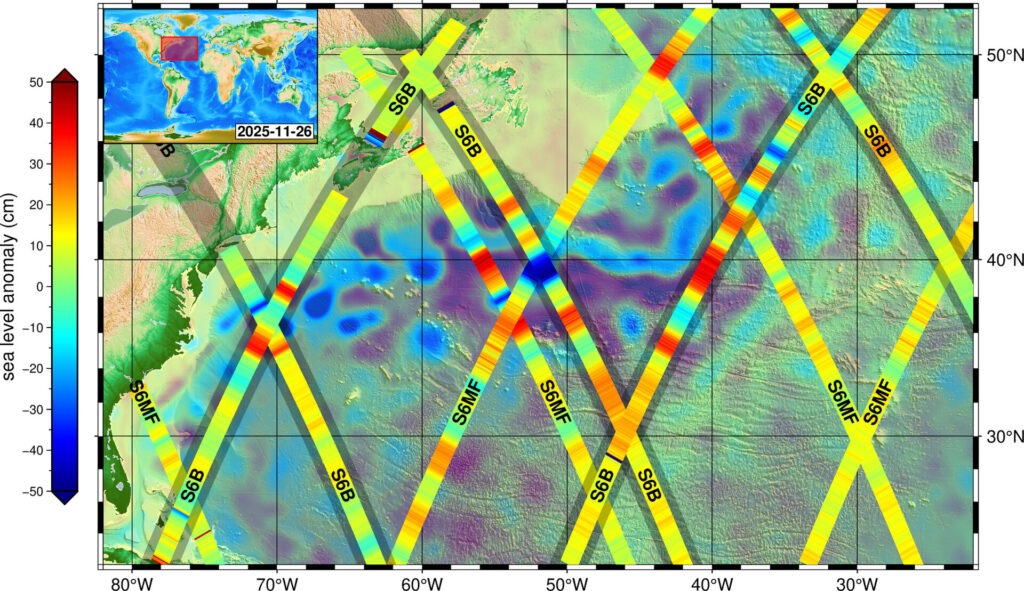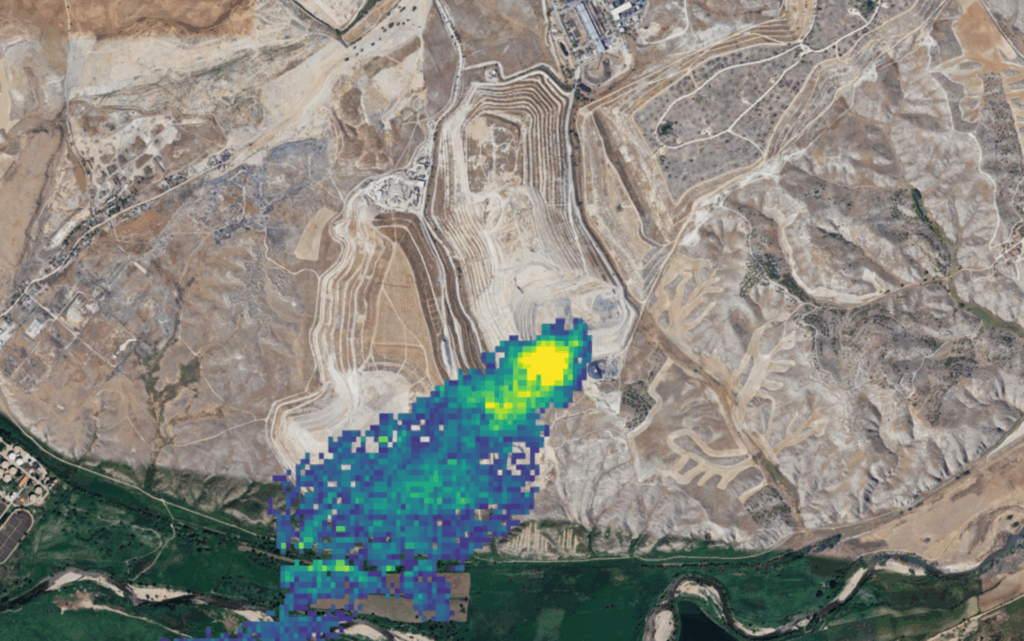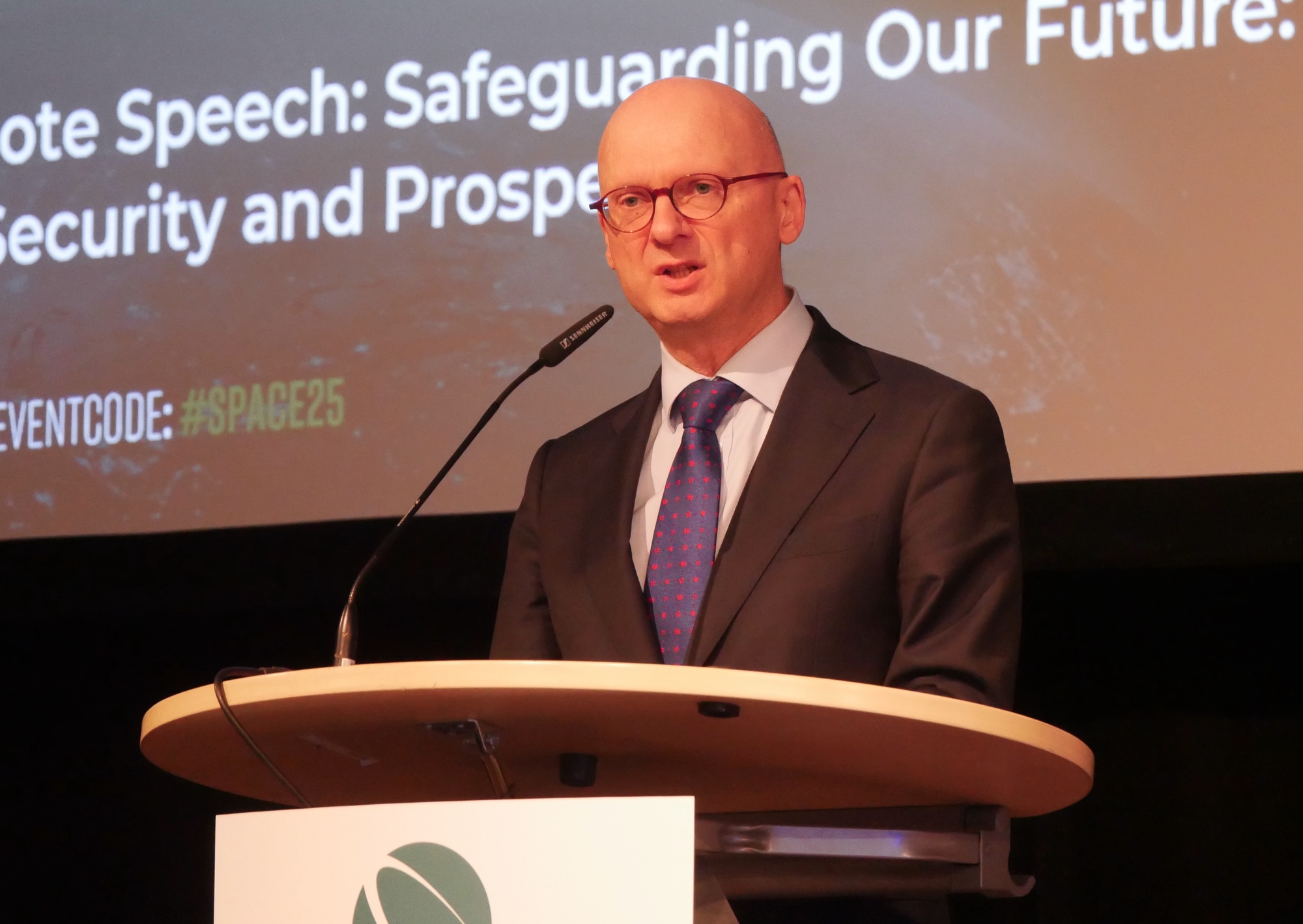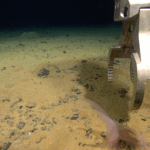Now Reading: Argonaut lunar lander family grows
-
01
Argonaut lunar lander family grows
Argonaut lunar lander family grows
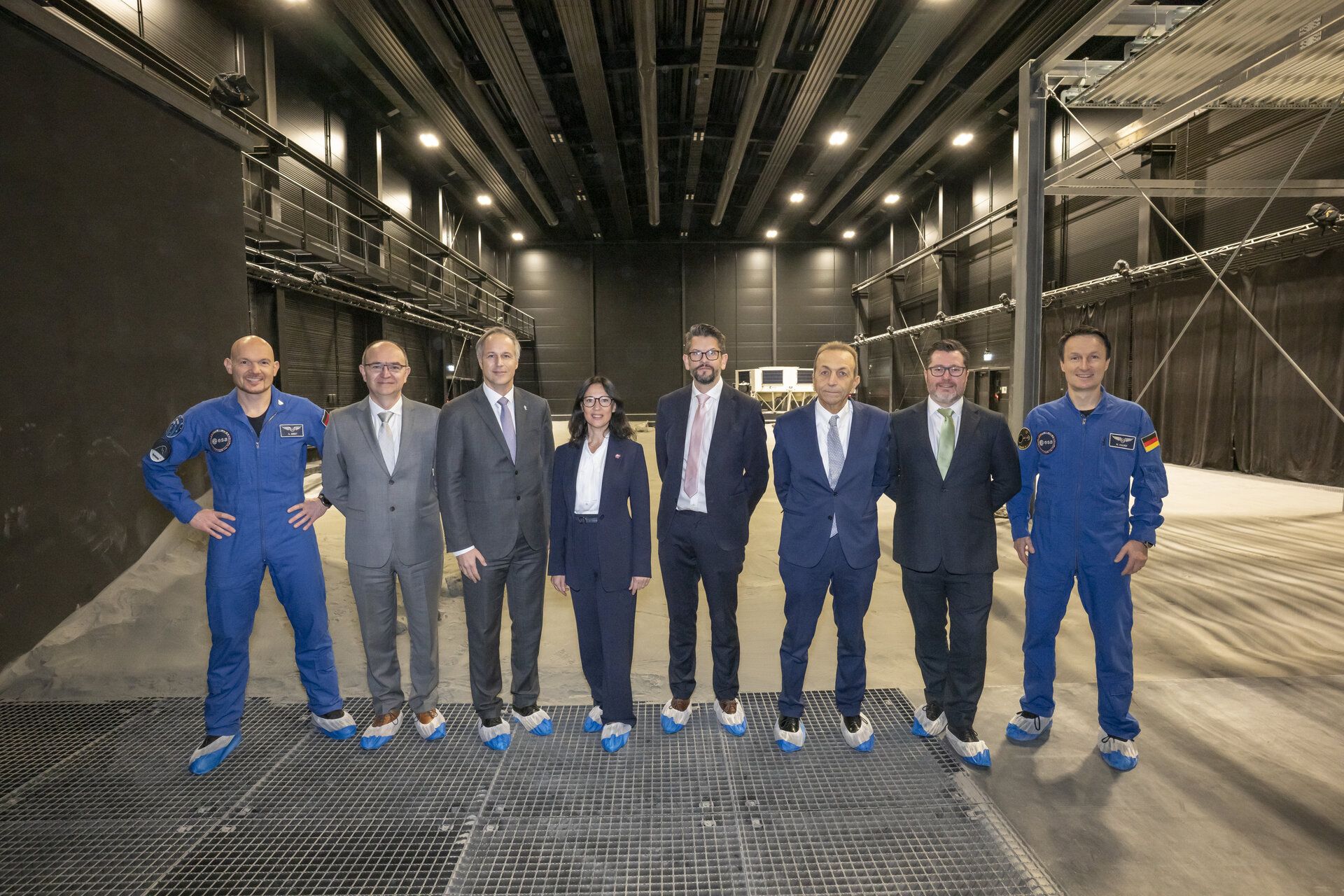

20/11/2025
127 views
0 likes
Today, the European Space Agency’s Argonaut lunar lander programme welcomes new members to its growing family. At ESA’s European Astronaut Centre (EAC) near Cologne, Germany, Thales Alenia Space Italy – the prime contractor for Argonaut’s first lander – signed agreements with Thales Alenia Space in France, OHB in Germany, and Thales Alenia Space and Nammo in the United Kingdom.
Argonaut represents Europe’s autonomous, versatile and reliable access to the Moon. Starting with the first mission in 2030, Argonaut landers will be launched on Ariane 6 rockets, each delivering up to 1.5 tonnes of exploration-enabling cargo to the Moon’s surface, from scientific instruments and rovers to vital resources for astronauts such as food, water and air.
Earlier this year, ESA selected Thales Alenia Space Italy to lead the development of the first Argonaut lander, or Lunar Descent Element. Today’s signing ceremony took place in a symbolic location: the LUNA analogue facility at EAC, home to a full-scale Argonaut model – a tangible vision of Europe’s future presence on the Moon.
Meet the team
The industrial team for the Argonaut Lunar Descent Element brings together expertise from across Europe:
- Thales Alenia Space, Italy: prime contractor and system integrator, leading the consortium building the lander and in charge of assembling and testing the structure.
- Thales Alenia Space, France: developing and validating the data-handling subsystem and on-board computers.
- OHB System AG, Germany: providing guidance, navigation and control systems as well as telecommunications, electrical power systems and key hardware such as solar arrays and batteries.
- Thales Alenia Space, United Kingdom: responsible for the propulsion subsystem development and procuring major components such as propellant tanks.
- Nammo, United Kingdom: designing and supplying the lunar lander’s main engine.
Forward to the Moon
Argonaut will play a central role in future robotic and crewed missions, supporting international efforts such as NASA’s Artemis programme to establish a sustainable human presence on the Moon. By providing Europe with independent access to our natural satellite, Argonaut reinforces Europe’s role as a trusted partner in global space exploration.
With today’s agreements finalising the industrial team for the first lunar lander, Europe takes a decisive step toward the Moon. The growing Argonaut family brings together expertise from across the continent, reflecting not only Europe’s ambition but also the strength of collaboration across its space industry. Argonaut will deliver essential cargo to the lunar surface, and with it new opportunities: enabling science, supporting astronauts, and paving the way for Europe’s enduring presence on the Moon.
Stay Informed With the Latest & Most Important News
-
 012024 in Review: Highlights from NASA in Silicon Valley
012024 in Review: Highlights from NASA in Silicon Valley -
 02Panasonic Leica Summilux DG 15mm f/1.7 ASPH review
02Panasonic Leica Summilux DG 15mm f/1.7 ASPH review -
 03From Polymerization-Enabled Folding and Assembly to Chemical Evolution: Key Processes for Emergence of Functional Polymers in the Origin of Life
03From Polymerization-Enabled Folding and Assembly to Chemical Evolution: Key Processes for Emergence of Functional Polymers in the Origin of Life -
 04How New NASA, India Earth Satellite NISAR Will See Earth
04How New NASA, India Earth Satellite NISAR Will See Earth -
 05And Thus Begins A New Year For Life On Earth
05And Thus Begins A New Year For Life On Earth -
 06Astronomy Activation Ambassadors: A New Era
06Astronomy Activation Ambassadors: A New Era -
07SpaceX launch surge helps set new global launch record in 2024












